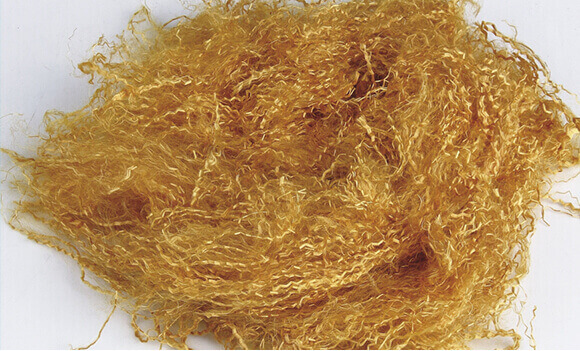Views: 0 Author: Site Editor Publish Time: 2022-11-09 Origin: Site
Have you been looking for top-quality materials? If so, you may want to consider the benefits that PBO could provide. PBO is a highly specialist, professional material that’s widely used for its high-performance nature. But what is PBO, what properties does it offer, and could it be a good option to consider for your own needs? We’ve outlined some key things you should know about PBO to help you discover a little more; hopefully, this will allow you to find the ideal solutions for your manufacturing needs.
Before we go any further, one of the first things we need to outline is what PBO is. PBO is a specialist manufacturing polymer. It was originally developed in the 1980s and has since become one of the strongest man-made fibers in the world, lending itself to numerous potential applications.
The material’s chemical structure features benzene-fused oxazole rings in a repeating pattern. Synthesis of polybenzoxazole occurs through a condensation and cyclization reaction with terephthalic acid and 4,6-diamino-1,3-benzenediol dihydrochloride.
PBO stands for polybenzoxazole. The material is highly praised for its excellent performance, which makes it incredibly popular for applications requiring a highly lightweight yet exceptionally strong material.

PBO is an incredibly popular material for its impressive high-performance nature, which helps ensure that the material can live up to numerous different applications. Unfortunately, the complex production process for PBO means it is more expensive than some other materials, which may limit its applicability for low-cost applications. However, if the project’s budget can justify the expense, some of the main beneficial properties of PBO materials include:
- Exceptional tensile strength, making PBO materials roughly ten times stronger than PBI
- Impressive temperature and flame resistance up to approximately 650 degrees Celsius, coupled with reliable and dependable thermal stability
- Strong levels of resistance against the majority of chemicals
While PBO materials are undeniably popular options for many people to consider, they’re not perfect for every project. There are several key reasons why PBO might not be the ideal material for every application, and a few drawbacks of PBO that you should consider are as follows:
- Unfortunately, PBO has very poor UV resistance, which means it is prone to degradation or weakening on exposure to strong sunlight.
- PBO has very poor compressive strength, meaning it is not suitable for such applications
- While PBO is generally chemical resistant, its performance and tensile strength both fall significantly after exposure to strong acids.
In the end, no material is ideal for every requirement. If you need further support regarding your own project and the most effective type of materials to use, please don’t hesitate to contact our friendly experts today to learn more!
Overall, PBO materials provide impressive stability and resistance, and these make it widely used in industries requiring equipment for such applications. Some common uses of PBO materials hence include safety gear, bulletproof clothing, and the like. Its excellent weight-to-strength ratio supports this, ensuring that the gear is safe without compromising overall strength for the user.
For any further questions, please do not hesitate to contact us at toby@gdcalm.com.